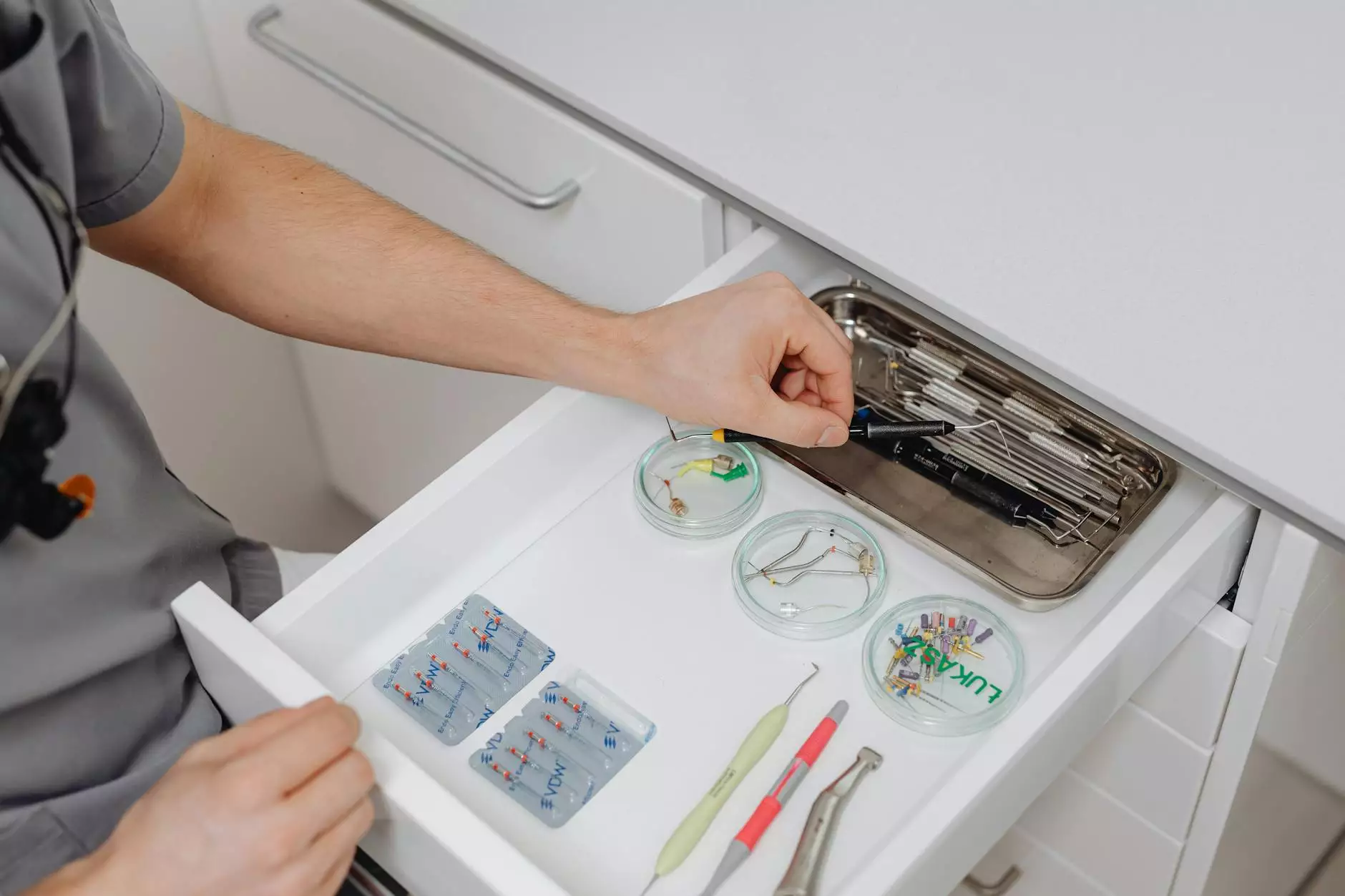Mastering Bartender Label Design Software: A Step-by-Step Guide

In today's competitive market, businesses are always looking for ways to enhance their brand visibility, improve operational efficiency, and streamline product labeling processes. One of the most effective tools to achieve these goals is Bartender Label Design Software. This powerful application offers businesses an array of features to create high-quality labels that are not only functional but also visually appealing. In this article, we will explore how to use Bartender label design software effectively to elevate your business operations and brand image.
Understanding Bartender Label Design Software
Bartender is a robust labeling software developed by Seagull Scientific, designed specifically for businesses that require flexible and efficient label printing solutions. With this software, users can create intricate labels for various applications, including:
- Product labels
- Shipping labels
- Barcodes
- RFID tags
- Badges and tickets
Bartender supports numerous printers and integrates seamlessly with existing business systems, making it an essential tool for companies in sectors like retail, manufacturing, and logistics.
Getting Started with Bartender Software
Step 1: Installation of the Software
The first step in how to use Bartender label design software is to install it on your computer. Follow these simple steps:
- Visit the official Seagull Scientific website and download the latest version of Bartender.
- Run the installation file and follow the on-screen instructions.
- Once installed, launch the application and enter your license key if prompted.
Step 2: Familiarizing Yourself with the Interface
Upon launching Bartender, you'll be greeted by a user-friendly interface that facilitates easy navigation. Here are some sections of the interface you should familiarize yourself with:
- Main Toolbar: Contains tools for creating new labels, opening existing ones, and accessing various features.
- Label Design Area: The workspace where you will design your labels.
- Object Properties Pane: Displays properties of the selected object, allowing for customization.
- Data Source Setup: For connecting to databases or spreadsheets for dynamic data-driven labeling.
Creating Your First Label
Step 1: Setting Up a New Label
To create a label in Bartender, follow these steps:
- Click on the “File” menu and select “New.”
- Choose a label format based on your specific needs (size, type, etc.).
- Set the dimensions and page settings as required, then click “OK.”
Step 2: Adding Text and Graphics
One of the most crucial aspects of label design is the addition of text and graphics. Bartender provides a variety of options:
- To add text: Use the “Text” tool from the toolbar. Click on the label design area to enter text. Customize the font, size, color, and alignment using the Object Properties Pane.
- To insert images: Go to the “Images” tool. Select an image from your files or use clipart provided within Bartender.
- To add barcodes: Click on the “Barcode” tool, select your desired barcode type, and configure the necessary data to be encoded.
Step 3: Using Data Sources for Dynamic Labels
If your labels require variable data (like batch numbers or expiration dates), Bartender lets you connect to various data sources:
- Navigate to “File” and select “Database Connection.”
- Choose your data source (Excel, CSV, SQL, etc.) and configure the connection.
- Bind the text fields on your label to the data fields from your source.
Advanced Label Design Techniques
Step 1: Creating Interactive Forms
Bartender allows you to create interactive forms for user input, making it invaluable for dynamic labeling needs. You can:
- Incorporate text boxes for user entries.
- Add dropdown menus for selecting pre-defined options.
- Utilize checkboxes for multiple selections.
Step 2: Utilizing Design Templates
To save time, you can use pre-designed templates available within Bartender:
- From the “File” menu, select “New from Template.”
- Browse through the available templates and select one that fits your needs.
- Modify the template with your specific text and graphics.
Printing Your Labels
Step 1: Printer Setup
To print your labels, first, you need to configure your printer settings:
- Access the “Printer Setup” menu from the “File” options.
- Select your printer and adjust settings such as paper size and print quality.
- Set the print method (direct thermal or thermal transfer) based on your printer type.
Step 2: Printing Your Labels
Once your settings are configured, you can print your labels:
- Click on the “Print” icon in the toolbar.
- Select the number of copies and other relevant settings.
- Click “OK” to send the job to the printer.
Optimizing Your Labeling Process
Here are some tips to enhance your labeling efficiency using Bartender:
- Batch Printing: Utilize Bartender’s batch printing features to print multiple labels simultaneously, reducing operational time.
- Label Preview: Always use the preview function to ensure the design looks correct before printing.
- Integration: Integrate Bartender with your company's inventory or ERP systems for automatic label generation.
Conclusion
By following this comprehensive guide on how to use Bartender label design software, you can significantly improve your business's labeling processes. Whether you are crafting product labels or creating specific stickers, Bartender offers the flexibility, efficiency, and quality essential for modern businesses. Integrate Bartender into your routine to elevate your brand's visibility, maintain compliance, and provide accurate information to your customers.
For more specialized printing services, electronics, and computers, visit omegabrand.com for tailored solutions that meet your business needs.









